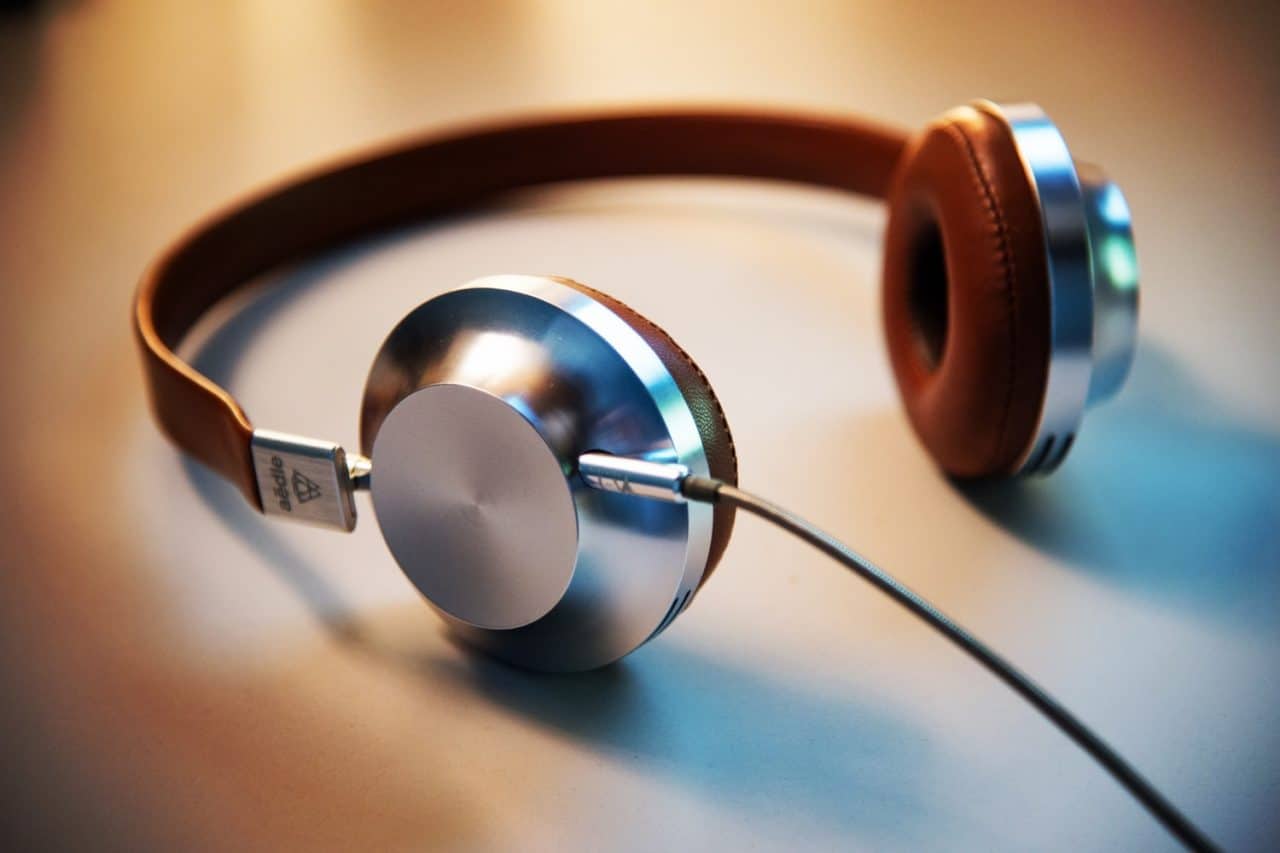Over the last year, much of our work, school and entertainment has transitioned from in-person to online. If you live in a home with others, there is a good chance you have seen your headphone usage rise along with an increase in screen time.
The Link Between Headphones & Hearing Loss

There are a variety of factors that go into the risk headphones have on your hearing health. These include:
- How loud the sound is.
- How long you are listening for.
- How far away the sound source is from your ears.
There are two main models of headphones: over-ear and in-ear (earbud style). While the earbud style is very popular, it is more likely to cause damage than the over-ear design. This is because the sound energy is strongly focused directly into the eardrum, making the sound seem even louder because none of the soundwaves can escape the ear.
Older and lower-quality headphones would begin to distort the music when the volume gets too high. In order to restore the bass to its original quality, users could simply turn the music down. Newer models produce higher qualities of digitized sound, which means the music sounds great at any volume.
The Link Between What You Are Listening to & Hearing Loss
COVID has ushered in the age of virtual discussion-based meetings. Unlike music, which is usually at one consistent level, these meetings can change in volume based on who is speaking. There are also natural pauses in these conversations, which give your ears a bit of a break.
Digital classrooms can also be putting child’s hearing at risk. These classrooms can easily become too loud when children begin to yell or scream, and kids may not know to turn the volume down when it becomes uncomfortably loud.
Noise-Induced Hearing Loss
Damaged caused by exposure to loud noises is known as noise-induced hearing loss. Sounds are measured in decibels (dB). Anything louder than 85 dB can cause damage.
The National Institute on Deafness and Other Communication Disorders put together the following list of the average decibel rating for some common sounds:
- Normal conversation: 60-70 dB.
- Movie theater: 74-104 dB.
- Dirt bikes: 80-110 dB.
- Music through headphones at maximum volume: 94-110 dB.
- Sirens: 110-129 dB.
- Fireworks: 140-160 dB.
Watching a race at Sandy Ridge BMX and listening to music through your headphones at your device’s maximum volume can cause damage after as little as 15 minutes.
Simply turning down the volume can allow you to listen through headphones for hours without concern for developing hearing loss. To learn more about protecting your hearing or to schedule an appointment with a hearing expert, contact Georgia Hearing Institute today.
